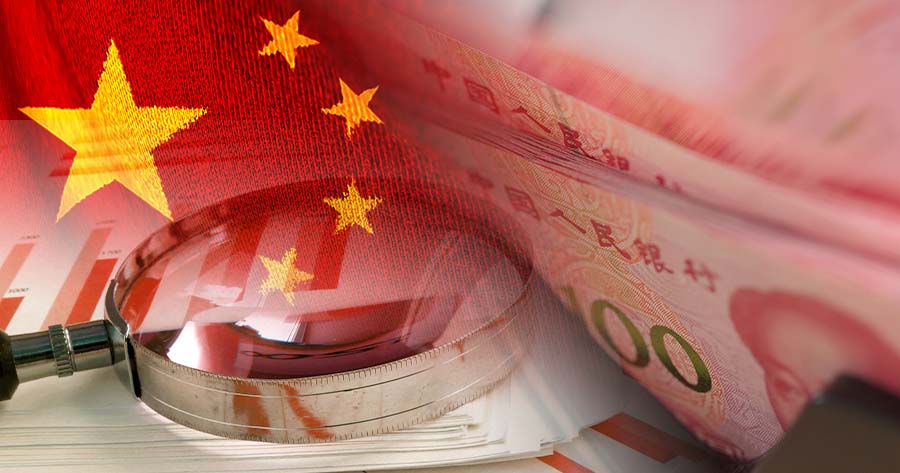Investors and analysts are anticipating a substantial influx of up to 2 trillion yuan ($283 billion) in fresh fiscal stimulus from China as part of efforts to bolster the economy and foster confidence, with expectations that the finance minister will unveil the funding, primarily through government bonds, in a highly awaited briefing planned for Saturday.
Asides from the sum earmarked for the fiscal package, the direction of support will signal Beijing’s economic priorities post a period of debt-financed growth primarily driven by investments, notably in real estate and infrastructure.
Pushan Dutt, an economics professor at INSEAD, emphasized the significance of implementing a multi-year stimulus strategy targeted towards households rather than reigniting growth reliant on real estate investments. Dutt asserted that the focus and direction of the stimulus plan hold more importance than its sheer size.
The upcoming press conference, focusing on fortifying fiscal policy, arrives amidst market scrutiny regarding the scope of stimulus efforts that previously sparked a remarkable stock market surge. Meanwhile, authorities also intend to announce measures to enhance backing for businesses on Monday.
China has recently implemented a series of measures including interest rate cuts and increased backing for property and stock markets in a comprehensive stimulus push unveiled in late September. Yet, there is a strong demand from investors for fiscal measures that economists deem vital for restoring confidence.
The onshore Chinese stock market has witnessed volatility post a 10-day positive streak, stemming from officials refraining from announcing significant new stimulus following a weeklong holiday. The CSI 300 Index registered a decline of over 1% in early trading on Friday.
Respondents, which encompass economists, strategists, and fund managers among others, foresee a surge in fiscal stimulus within the next six months if further details are not unveiled during the Saturday briefing.
They anticipate that China will increase the sale of government debt to bolster public spending until the end of the following year, with special bonds being the favored option. Specifically, four respondents foresee a stimulus package surpassing 3 trillion yuan.
A portion of the anticipated stimulus is projected to concentrate on bolstering consumption, a sector that has exhibited fragility in China’s post-pandemic recovery.
Proposed measures might encompass more subsidies for targeted demographics like the elderly and impoverished, consumption vouchers, enhanced support for families with children, bolstering the social safety net, additional subsidies for purchasing consumer goods and vehicles.
This strategy aims to recalibrate the economy, lessening its reliance on export-led growth amid escalating trade tensions. Despite this, Beijing has refrained from extensive direct financial aid, citing apprehensions regarding what it terms as “welfarism.”
Unlike in previous economic downturns where infrastructure investment played a pivotal role, the current landscape signals that overreliance on the sector may not yield the same growth stimulation. This necessitates a shift towards strategies focusing more on consumption-led growth.





